Category: Software Engineering
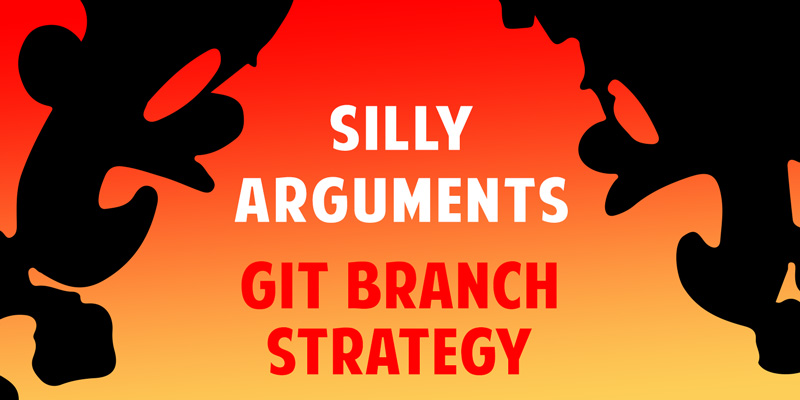
Silly Arguments – Git Branch Strategy
Git is amazing. If you’re not familiar with Git, it is a source control system that actually works. There are many improvements that Git brought to how we manage projects, but a big one is that Git really supports branches. Git will do something no other source control supported (that I had worked with): branching…
Read more…

DPL Education – Replace Dependency Inversion
Our Software Design and Development Clinics focus on teaching engineers the real-world development skills that will lead them to be more productive and effective. Doug and I cover several topics during the clinics, but we try to focus on actually doing things. We want students to develop skill and knowledge, which takes both learning and…
Read more…
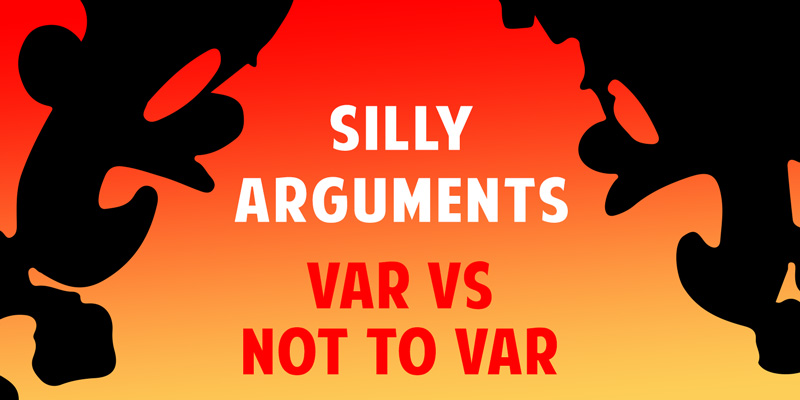
Silly Arguments: Var vs Not to Var
Previously, we have discussed the silly arguments of tabs versus spaces, squash versus no-squash merges, and constructor injection versus service locator. Now it’s time to talk about var. When I first found var in .NET 3.5 SP1, I thought they had ruined .NET. This wasn’t the first time I thought they had ruined .NET. The…
Read more…
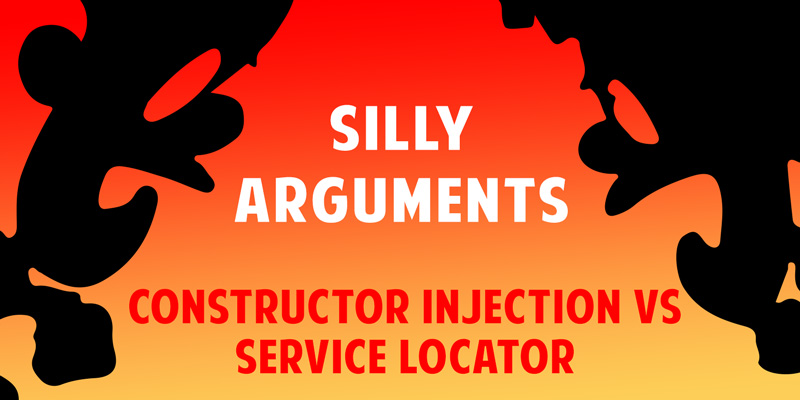
Silly Arguments – Constructor Injection vs Service Locator
Previously in this series, we have discussed the silly arguments of tabs versus spaces and squash versus no-squash merges. Now we are moving on to constructor injection versus service locator. Sometimes both sides of an argument are valid, and often you are picking something based off of personal preference. This feels like one of those…
Read more…
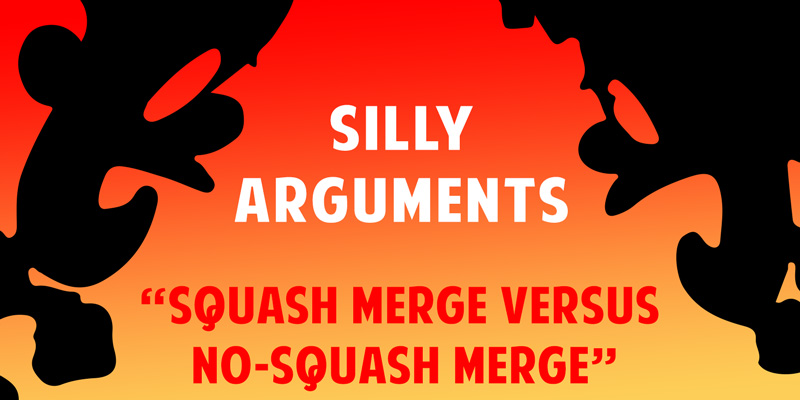
Silly Arguments – Squash Merge Versus No-Squash Merge
Previously in this series, we discussed the silly argument of tabs versus spaces. Now we are moving on to squash merge versus no squash merge. Before getting into this topic, we should cover branching in Git. Git is a source control system created by Linus Torvalds. One of its key differentiators is that branching actually…
Read more…
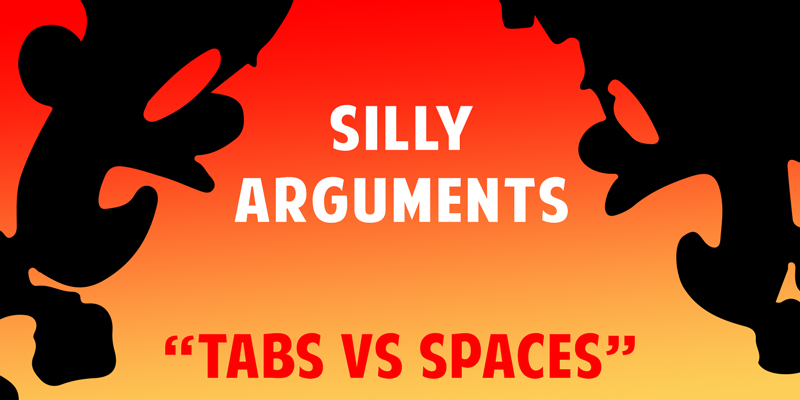
Silly Arguments – Tabs Versus Spaces
In our industry there are conversations (arguments, really) that probably aren’t very fruitful. Some of these can include: Tabs vs Spaces Squash merge vs no squash merge git branching strategy var or not to var Constructor injection vs dependency injection Database change control – deltas vs schema I’m kicking off a series where we look…
Read more…

DPL Education – Sales Tax Activity
Our Software Design and Development Clinics focus on teaching engineers the real-world development skills that will make them more productive and effective. Part of the class is Doug and I covering several topics, but we try to have a real focus on actually doing things. We want students to develop skill and knowledge, which takes…
Read more…

Getting Started with Ionic, Part 3
In my previous post, we did things that really didn’t utilize any device features. In this post, we are going to use two native device features: email and phone. Let’s get started by installing the email plugin. ionic cordova plugin add cordova-plugin-email-composer npm install –save @ionic-native/email-composer Using this plugin can be a little tricky. We have…
Read more…

Vogon Poetry Review – Azure Service Fabric
On January 24th, Doug spoke at our Vogon Poetry Reading about Azure Service Fabric. This technology is something that we are very bullish on as the future of hosting. Why do we like “the Fabric”? The programming model closer mimics how we currently write software. Reliability / scalability is basically baked into the fabric. Azure…
Read more…

Getting Started with Ionic, Part 2
In my first Ionic blog post, we just got started creating a simple app using Ionic. In this post, we are going to create a simple application that is a basic contact manager. To speed this along, we are going to build off of what we started in part 1. The first change is ironically…
Read more…